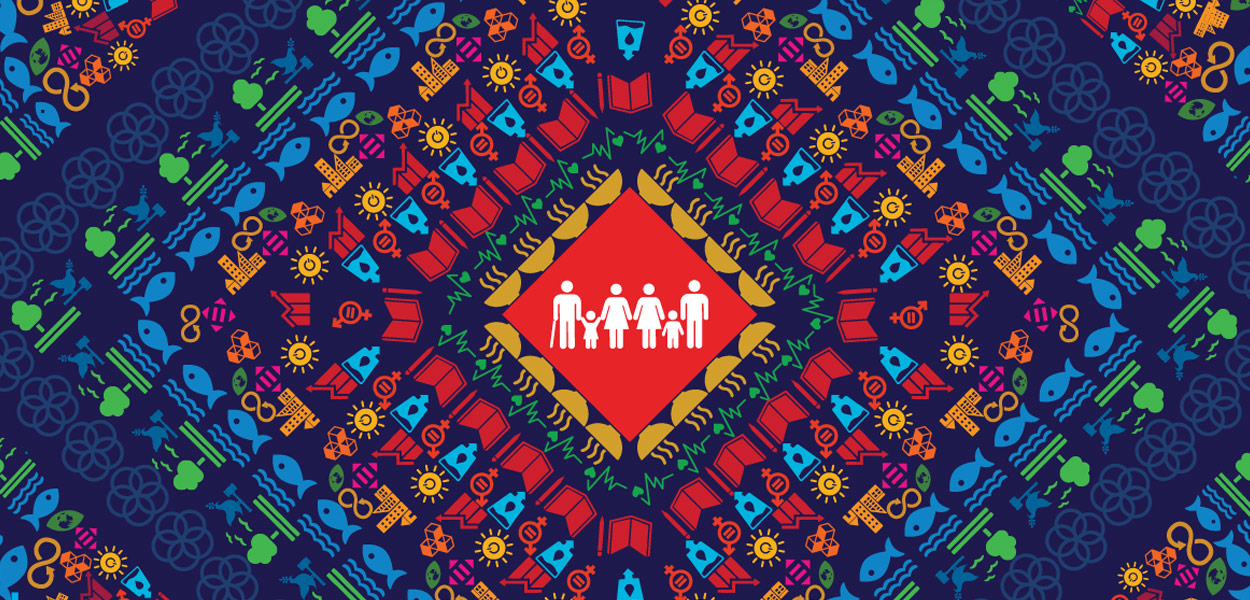Goal 14: Conserve and sustainably use the oceans, seas and marine resources for sustainable development
-
Goal 14 has not been included in the calculation of the Composite Score for the Index as it solely pertains to the nine coastal States.
 National Portal Of India
National Portal Of India 


